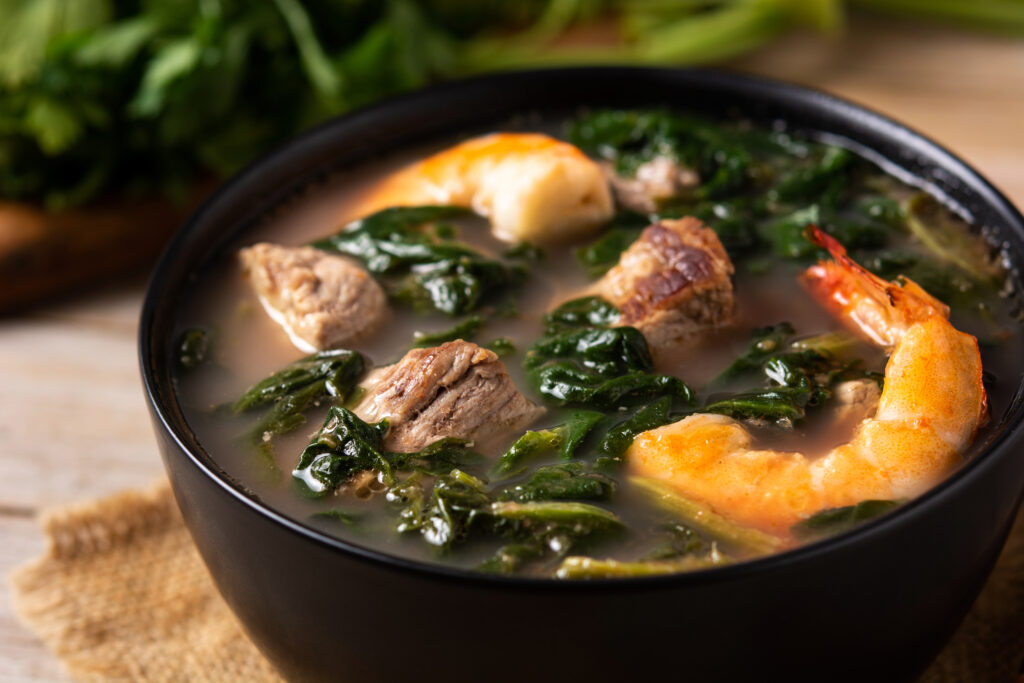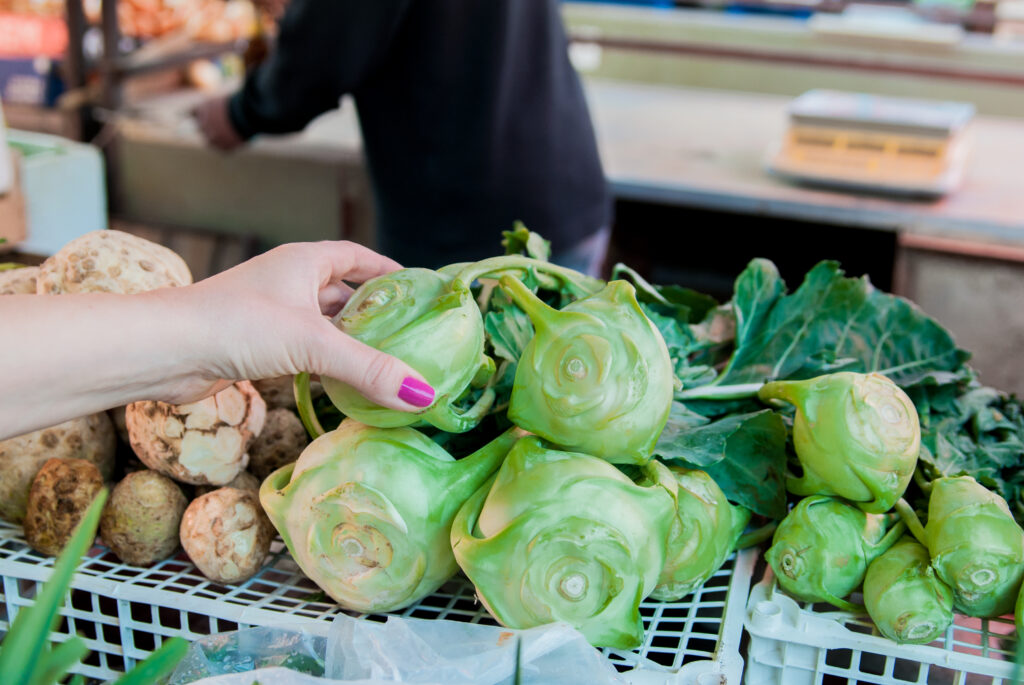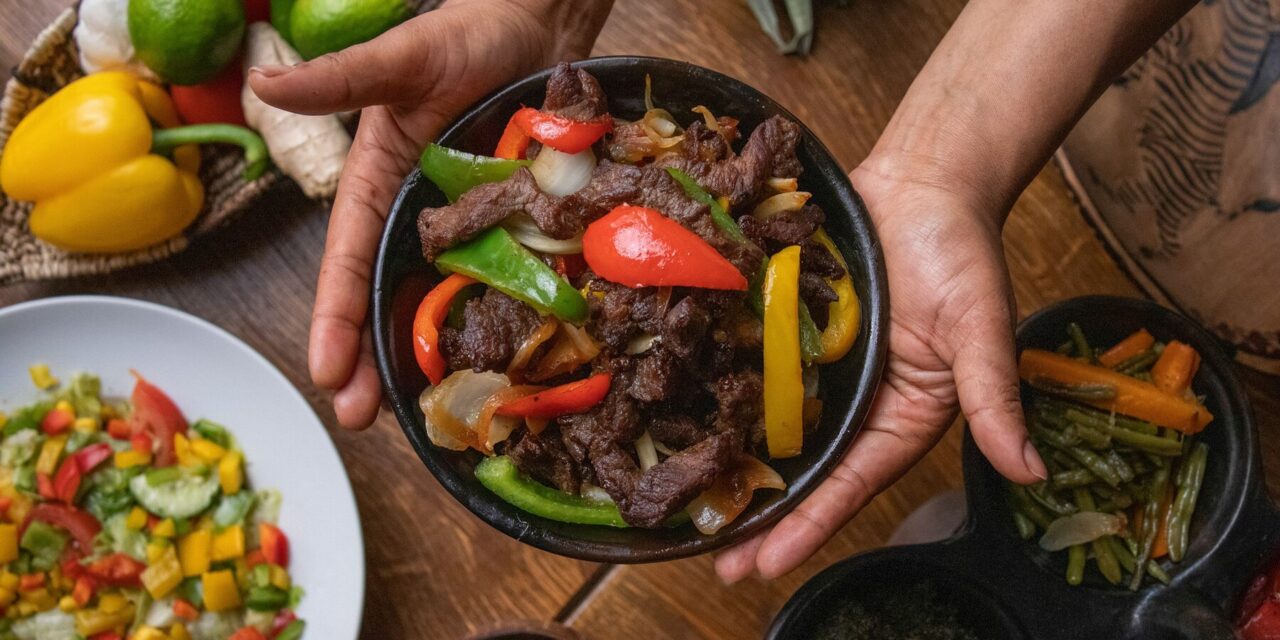Prague – If you live and work in Czechia as a Filipino, you may have noticed that the streets are lined with Asian restaurants, the majority of which are Vietnamese, Japanese, or Thai. However, it’s rare to find a Filipino restaurant that has gained significant popularity, especially in the Czech Republic. But why is that?
Despite the fast-growing Filipino community in the Czech Republic, now over 10,000, it’s still a mystery why there is still 0% visibility of Filipino cuisine in the country’s Asian gastronomic scene.
Pinoy Care collated some of the possible reasons. Let’s break down some of these factors based on both research and personal experience.
The Tangy Vinegar Flavor

Filipino cuisine is known for its bold and distinct sour flavors, largely due to our love of suka (vinegar), which is a key ingredient in many dishes. Examples include sinigang, a tangy and savory sour broth, and paksiw, a dish that is simmered in vinegar. Many other Filipino dishes are vinegar-based, a flavor profile that, while beloved by Filipinos, is not always popular among foreigners.
The salty and sour flavors in Filipino cuisine actually have deep cultural roots, stemming from the need to preserve food in the absence of refrigeration.1 In the past, food was more about survival and ensuring it could last, rather than focusing on presentation. This preservation method became ingrained in our cooking traditions, giving rise to the bold, tangy flavors we love today.
Additionally, at Filipino gatherings in Czechia, locals often enjoy dishes like adobo, Filipino barbecue, and lumpiang shanghai. If these dishes become more widely available and familiar, they could help introduce Filipino cuisine to the mainstream Czech food scene.
RECOMMENDED READS:
- How to Protect Your Skin During the Cold Months: 5 Tips for Filipinos Living in the Czech Republic
- Going Home for the Holidays? We Gotchu, Your OFW Christmas Travel Checklist is Here!
- Not-So-Exotic, Totally Yummy 6 Filipino Dishes to Try
- The Philippines’ Tabo Culture
- AirAsia Expands Routes: Direct Flights from Manila to Istanbul via Kuala Lumpur Begin November 14
Lack of Exposure

According to A. Pineda of pinascuisine.com, it is because of limited global exposure and lack of widespread marketing efforts.2 This holds especially true as to why we see less marketing efforts from the government, travel agencies and others promoting the Philippine gastronomy. Most of the things you see are the beautiful islands of the Philippines and very few are about the food culture.
If you’re planning to open a Filipino restaurant in Czechia, don’t limit your marketing to just the Filipino community—introduce Filipino cuisine to Czech locals as well! Leverage modern social media advertising to reach a broader audience while also embracing traditional word-of-mouth marketing. A well-balanced strategy will help you attract both expats and locals, making the Philippine food a hit!
Accessibility of Ingredients

Replicating authentic Filipino flavors outside the Philippines can be challenging, primarily because many key ingredients are hard to find. While Filipino stores and various potraviny (grocery shops) in Prague and other major cities offer some essentials, they don’t always have everything needed to achieve that true, home-cooked taste.
To adapt, many Filipinos use creative ingredient substitutes. For example, did you know that German turnip (kedlubna) works as a great alternative to papaya in tinola? So next time you’re craving this comforting dish, give it a try, and better yet, share it with a foreigner to help introduce them to the rich flavors of Filipino cuisine!
First Generation of Filipinos
There’s a reason Filipino cuisine isn’t as well established in Czechia yet: our community here is still young and in the process of integrating, adjusting, and finding ways to share our rich culture with the locals. As we continue to build connections and understand how to infuse Filipino flavors into Czech life, we’re also discovering new ways to adapt and showcase what makes our food so special.
It’s a journey of blending two worlds, preserving authenticity while also embracing local tastes and trends. The potential is there, and as we evolve, so will the presence of Filipino cuisine on the Czech food scene.

Food for Thought
Living in a foreign country, far from the culture and food we know, makes it important to have a taste of home. While the difference between our culture and Czech traditions can be challenging, it also makes sharing Filipino food exciting.
As we settle in and share our meals, we not only keep our heritage alive but also introduce Czech locals to new flavors. Food has the power to bring people together and create stronger connections. By facing the challenges and opportunities, we can help make Filipino cuisine a beloved part of Czechia’s diverse food scene.
SOURCES:









